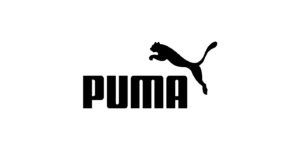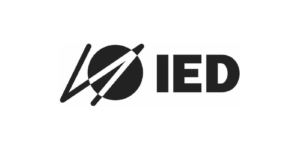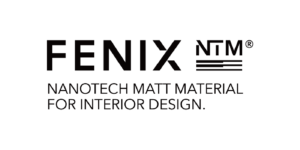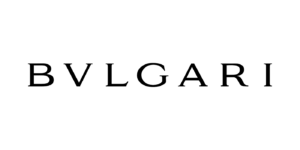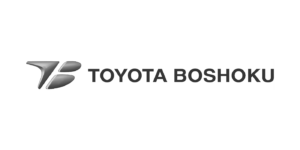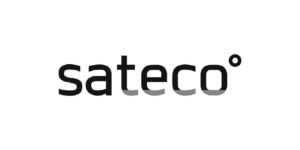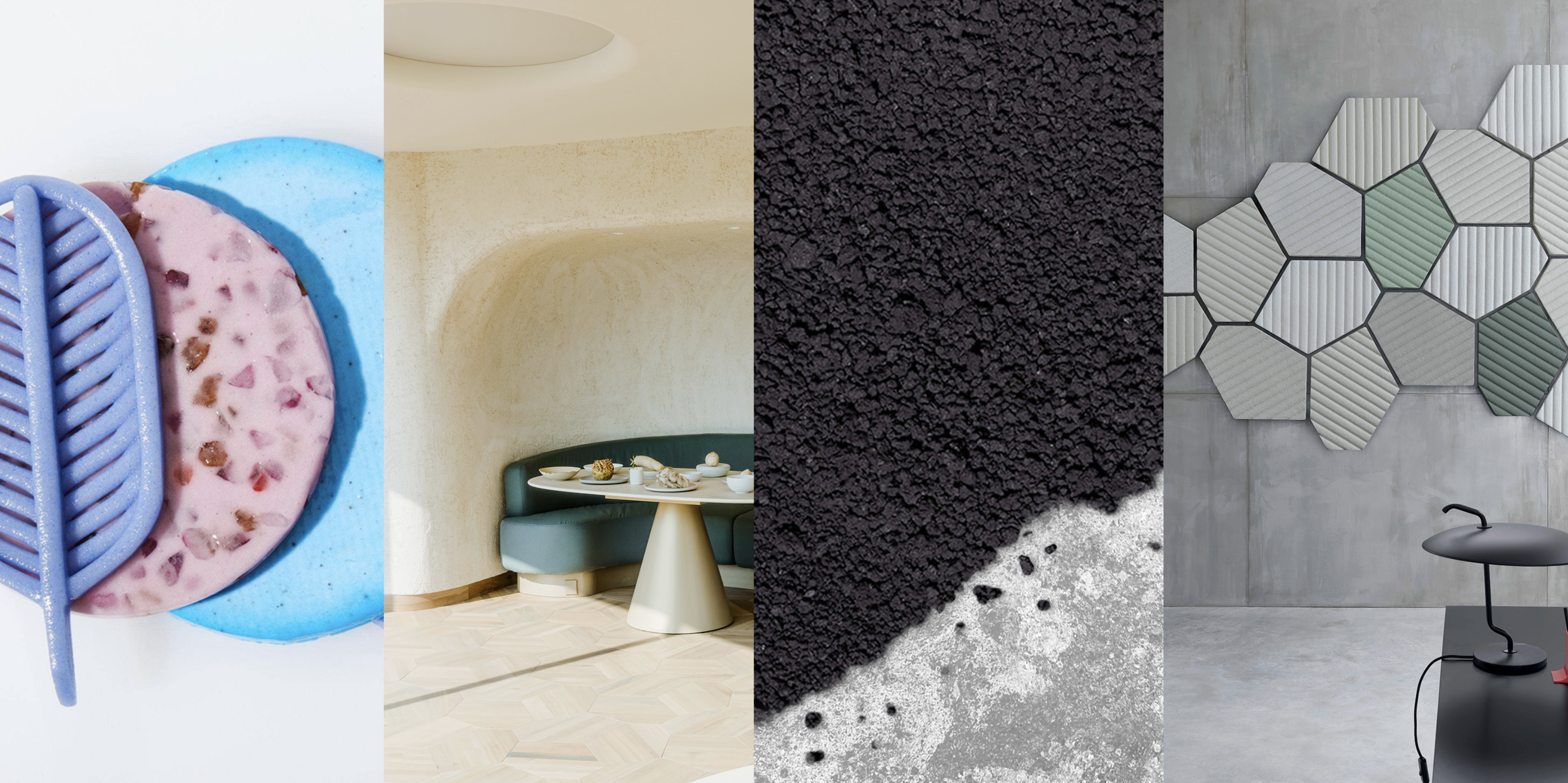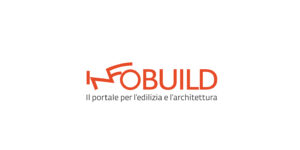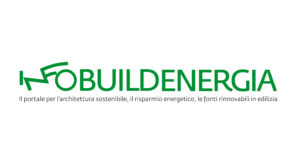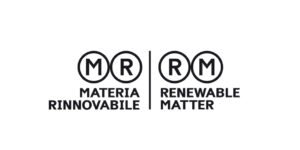- Chi siamo
- Attività
SE CERCHI MATERIALI
SE PRODUCI MATERIALI
- M Focus
- In evidenza
- Contatti
Materially affianca le imprese nello sviluppo e nella diffusione dell’innovazione e della sostenibilità a partire dai materiali
Solutions
Tutto ciò che ti serve conoscere sui materiali, a portata di mano.
Circularity
Riduci l’impatto ambientale attraverso la scelta dei materiali.
Networking
Allarga il tuo network di produttori e utilizzatori di materiali.
Material Solutions
Troviamo le soluzioni materiali per creare i tuoi prodotti di domani
Ricerca di soluzioni materiche per nuovi prodotti, per risolvere problemi tecnici, di design o di fornitura.
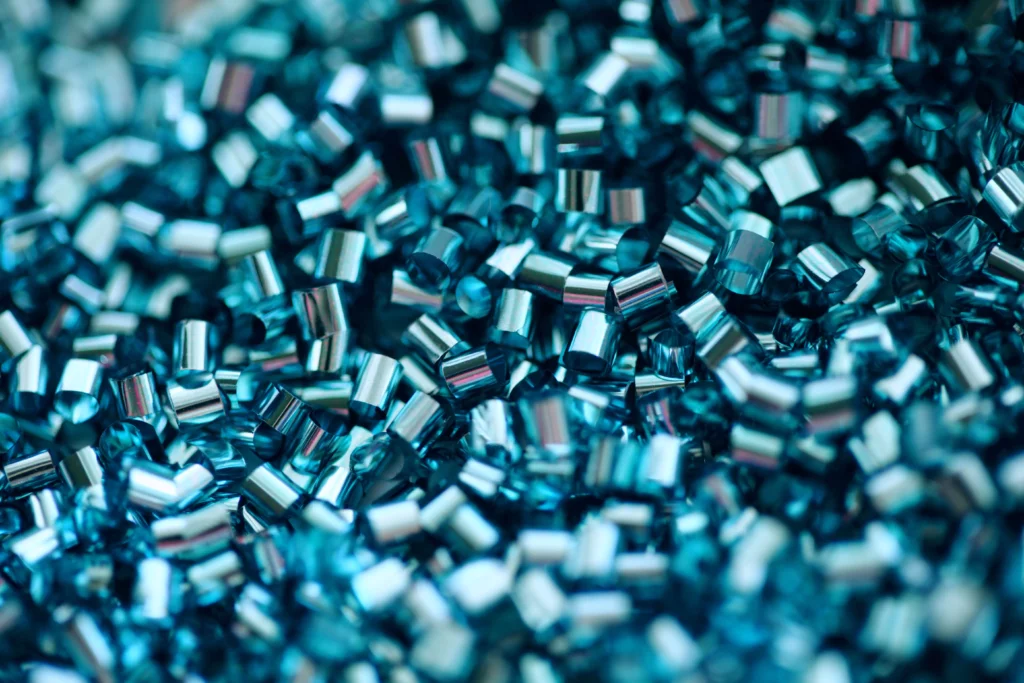
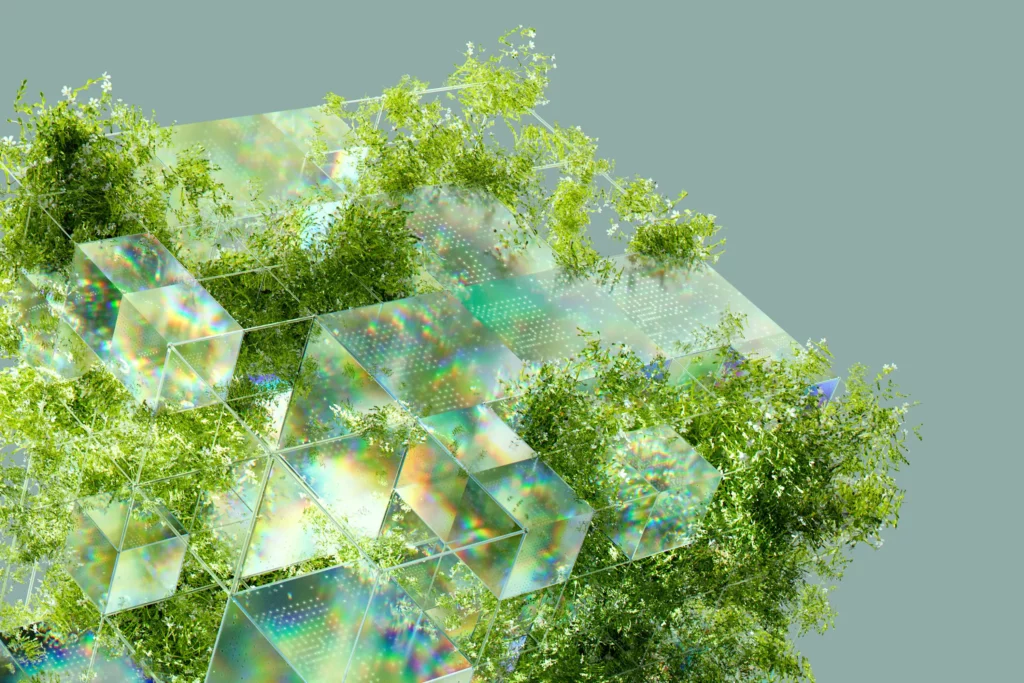
Circularity
Avviamo percorsi di economia circolare a partire dalla materia
Ricerca e selezione di materiali più sostenibili per una produzione virtuosa e meno impattante.
Material Strategy
Definiamo il percorso tra il materiale e il suo mercato di riferimento
Ricerche di benchmarking, esplorazione e individuazione di opportunità applicative per nuovi materiali.
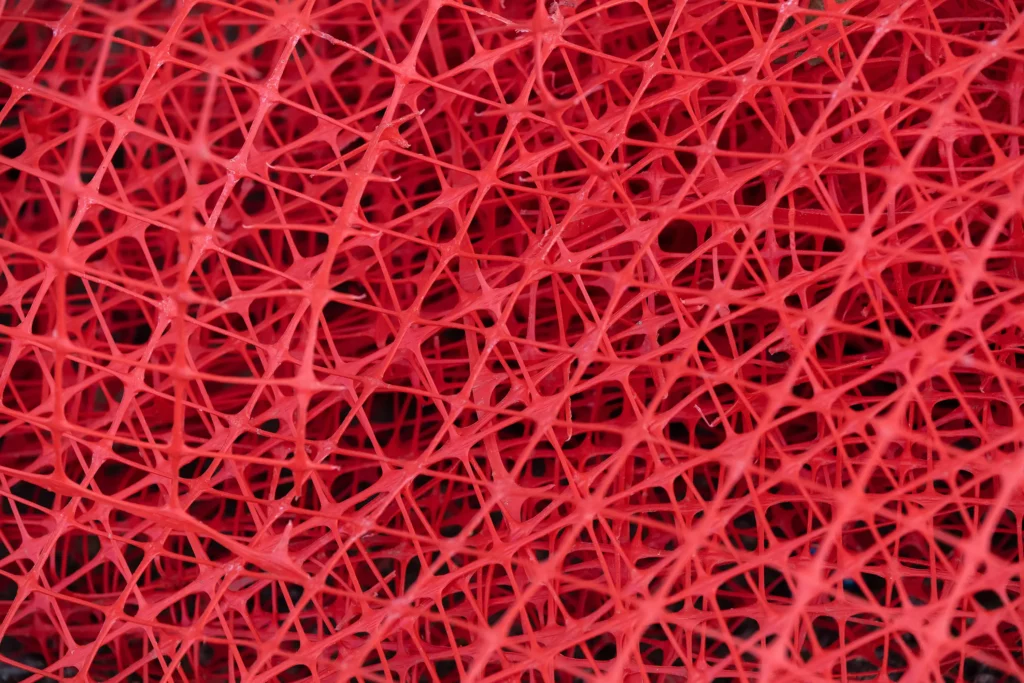
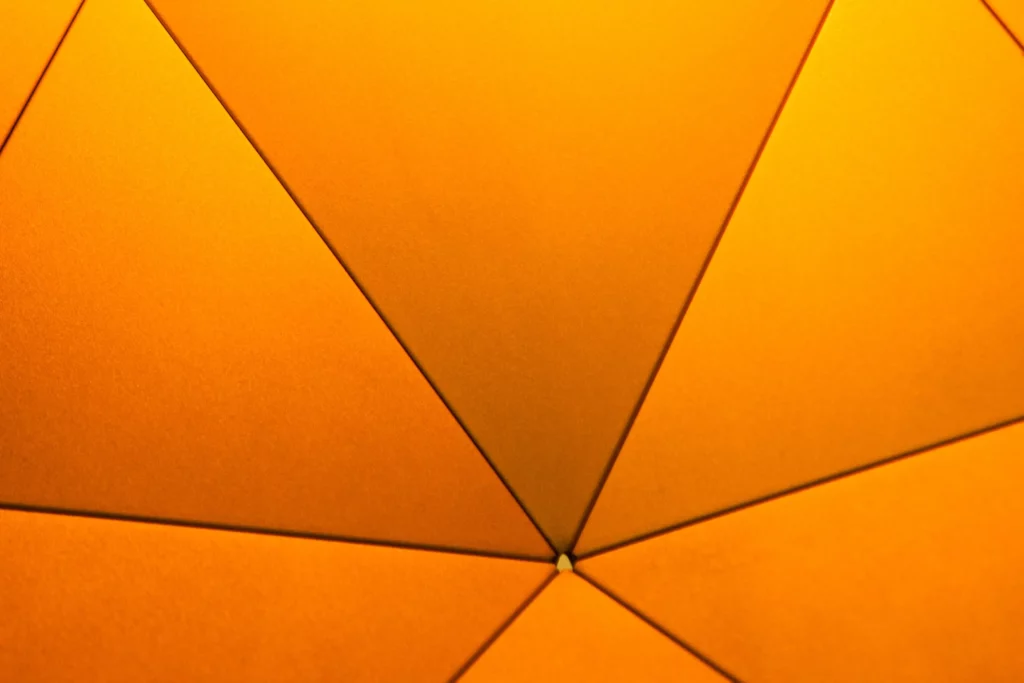
Networking
Raccontiamo i tuoi progetti di innovazione materiale
Occasioni di contatto tra produttori e utilizzatori di materiali attraverso il web, incontri ed eventi.
Abbiamo lavorato con



